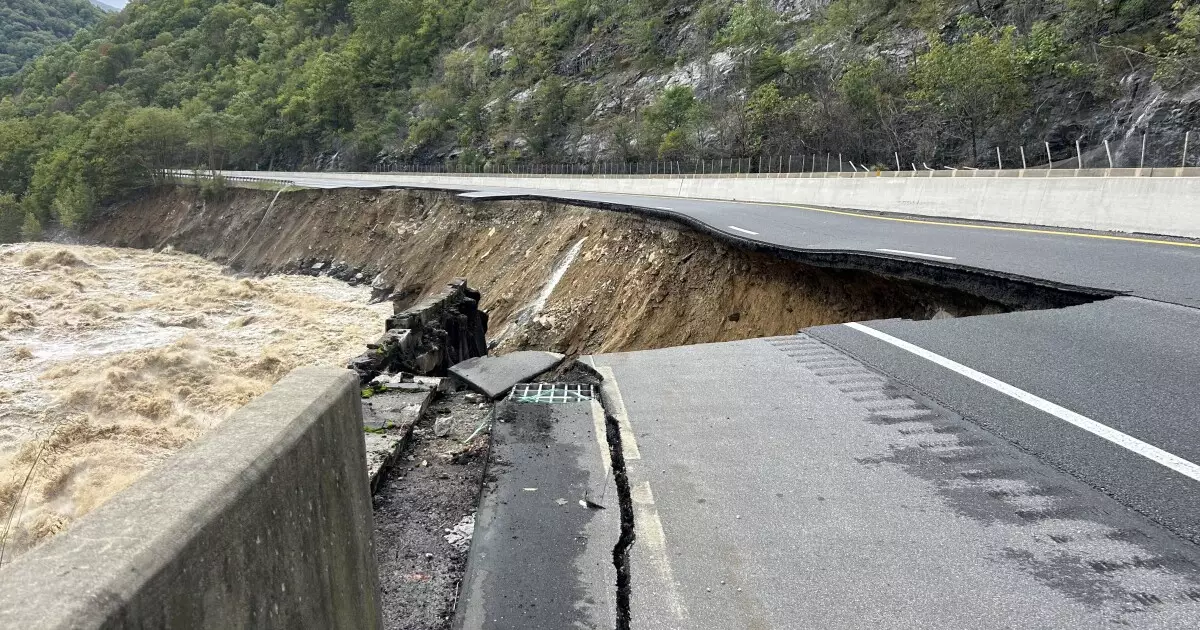The landscape of federal disaster aid is on the brink of monumental shifts, driven by the Trump administration’s proposed staffing cuts to pivotal agencies involved in disaster recovery. As concerns mount over the administration’s management of disaster response, analysts warn that these changes could lead to serious repercussions not only for the agencies involved but also for communities that rely on federal assistance in the wake of catastrophic events.
Recent reports indicate that President Trump plans to slash 84% of the workforce at the Office of Community Planning and Development, a crucial division within the Department of Housing and Urban Development responsible for administering the Community Development Block Grant—Disaster Recovery (CDBG-DR) program. This move parallels previous discussions about potentially dismantling the Federal Emergency Management Agency (FEMA), the primary federal body tasked with coordinating disaster response and recovery efforts across the country. Such drastic reductions could significantly hinder the federal government’s capacity to provide timely support to states in need of recovery funds.
Experts predict that these staffing cuts will exacerbate an already sluggish aid distribution process. David Victor, a professor at the University of California, San Diego, articulated concerns regarding the political ramifications of these decisions, noting that any major disasters during this period could expose the inadequacies of the current disaster recovery strategy. The potential for a “central narrative” surrounding ineffective disaster management looms large, particularly as memories of Hurricane Katrina still resonate deeply in the American consciousness.
The echoes of past disasters, particularly the governmental response to Hurricane Katrina, serve as a cautionary tale in this context. The mismanagement observed during the recovery process of the New Orleans disaster has become etched in the public memory as an example of how critical disaster management can affect a government’s reputation. If the Trump administration proceeds with these cuts, experts foresee a similar reputational fallout, especially if significant natural disasters occur and the government is seen as unprepared.
S&P Global Ratings has acknowledged that programs designed to assist disaster recovery generally foster creditworthiness. However, even small changes to these systems could lead to unforeseen long-term implications for federal credit ratings and overall economic health. The uncertainty surrounding the specifics of these proposed changes adds layers of complexity to the already challenging landscape of disaster recovery.
Thus far, federal aid disbursement has been plagued by delays, which are only expected to worsen if proposed staffing reductions proceed. Statistics reveal that nearly two-thirds of promised recovery aid aimed at Puerto Rico after the catastrophic hurricanes of 2017 remained unallocated three years post-disaster. With $49 billion earmarked for hurricane recovery, only a fraction has been effectively distributed, raising alarming questions about accountability and efficiency.
The Department of Government Efficiency under the leadership of Elon Musk has been noted as the agent behind the proposed cuts to the CDBG program. Such interference raises questions about the appropriateness of leadership selected for managing disaster recovery efforts. Currently, North Carolina’s Governor, Josh Stein, is advocating for a substantial increase in federal recovery funding after devastating losses from Hurricane Helene, highlighting the pressing need for a robust and responsive disaster recovery system.
The Road Ahead: Unchartered Territory
As state officials, such as Governor Stein, seek billions in federal aid for rebuilding and recovery efforts, anticipation builds around the federal government’s ability to adequately respond to these requests. The $25.3 billion needed for North Carolina’s recovery serves as a powerful reminder of the extensive costs associated with natural disasters and the critical role of timely federal assistance.
Critically, as the Trump administration prepares to implement sweeping changes to the disaster recovery framework, it raises the question: Are state governments truly equipped to replace federal agency support? Statements from Trump suggest a shift towards state-managed disaster response, but historical precedent often argues against the effectiveness of localized responses, especially in widespread disaster scenarios.
As the nation stands at the precipice of potentially dismantling crucial federal disaster aid programs, the implications of these changes call for thorough analysis and public discourse. Delayed responses to disasters could have heartbreaking consequences for communities nationwide, highlighting the need for a strategic and coherent approach to disaster management in the face of increasing natural disaster frequency and intensity.

